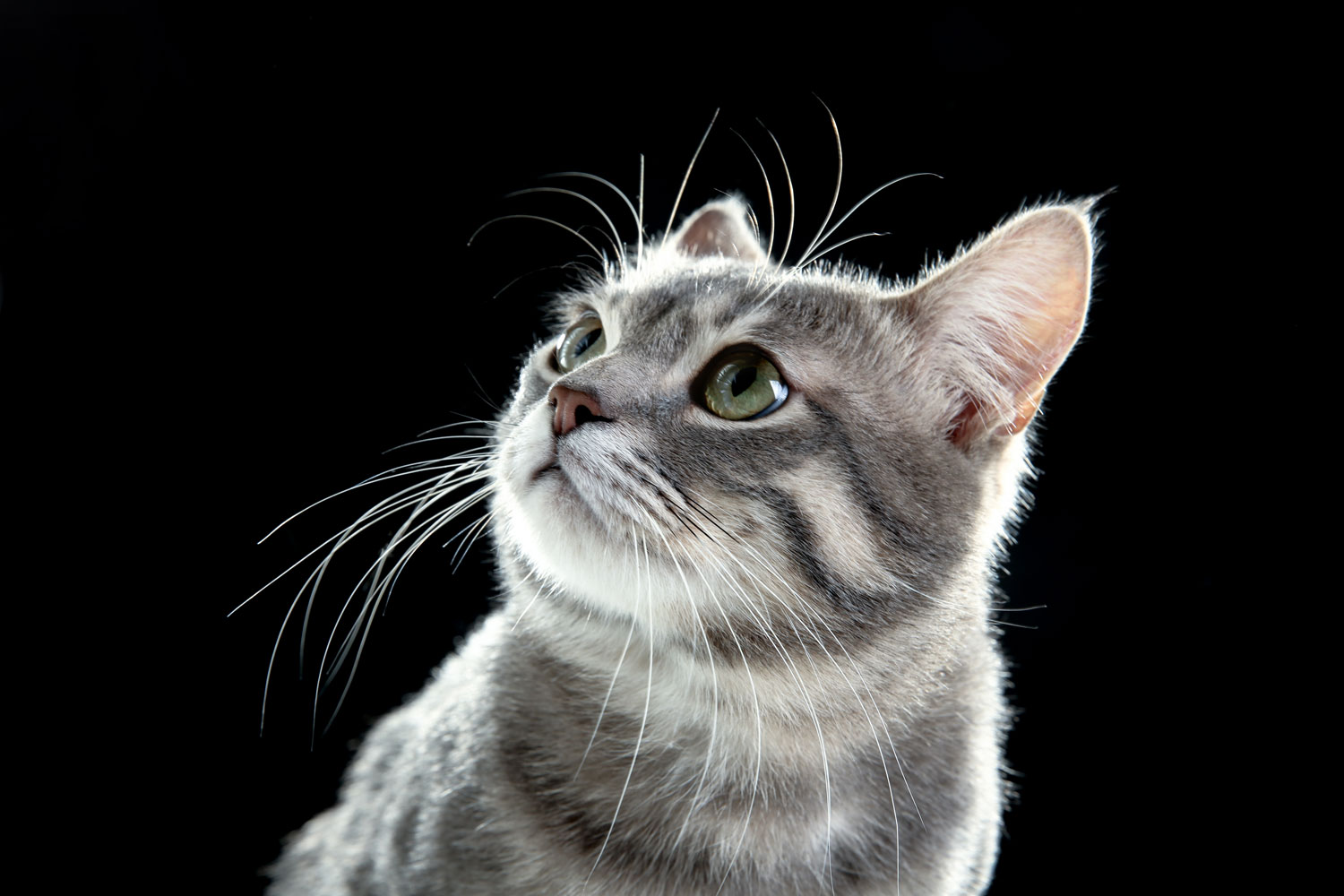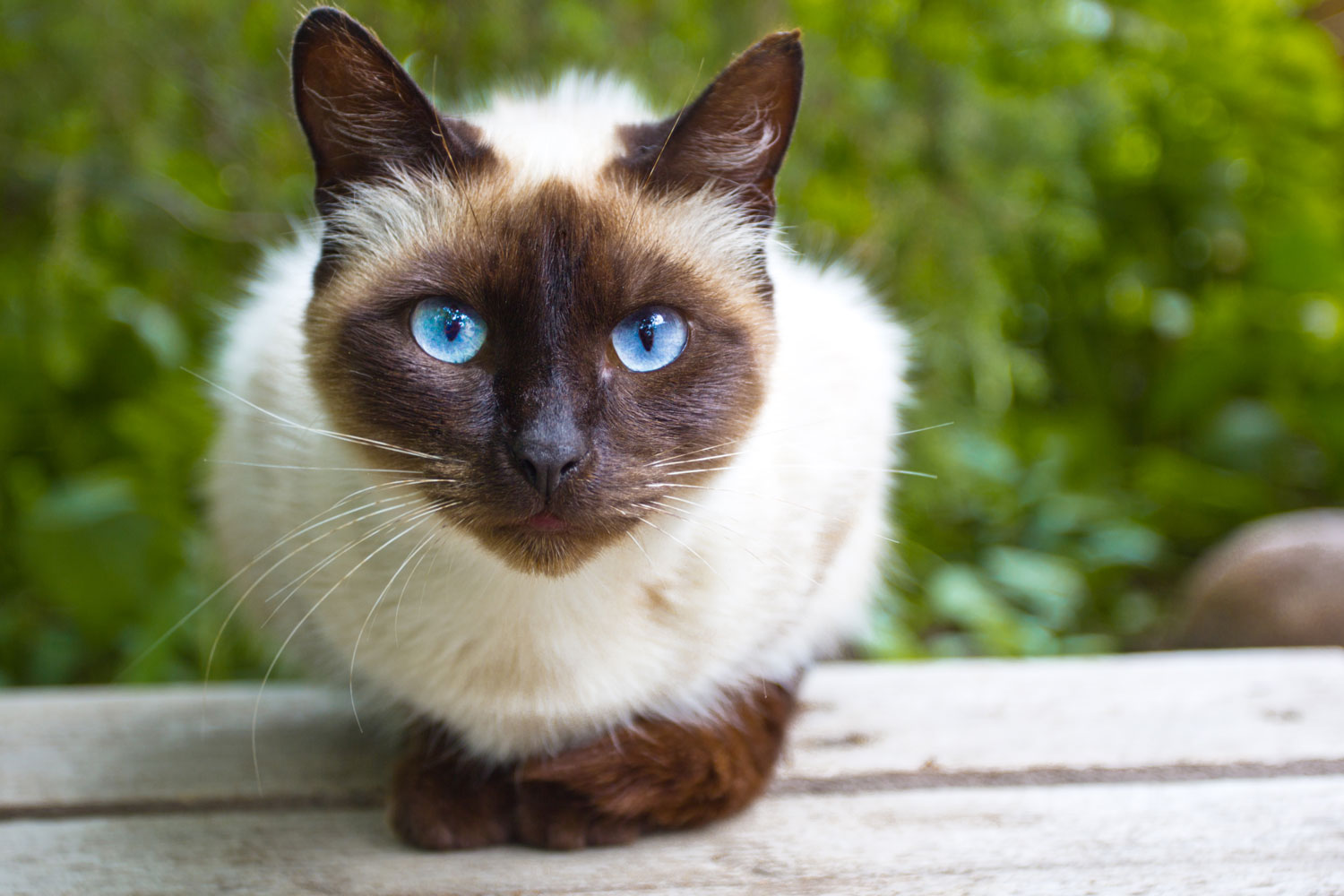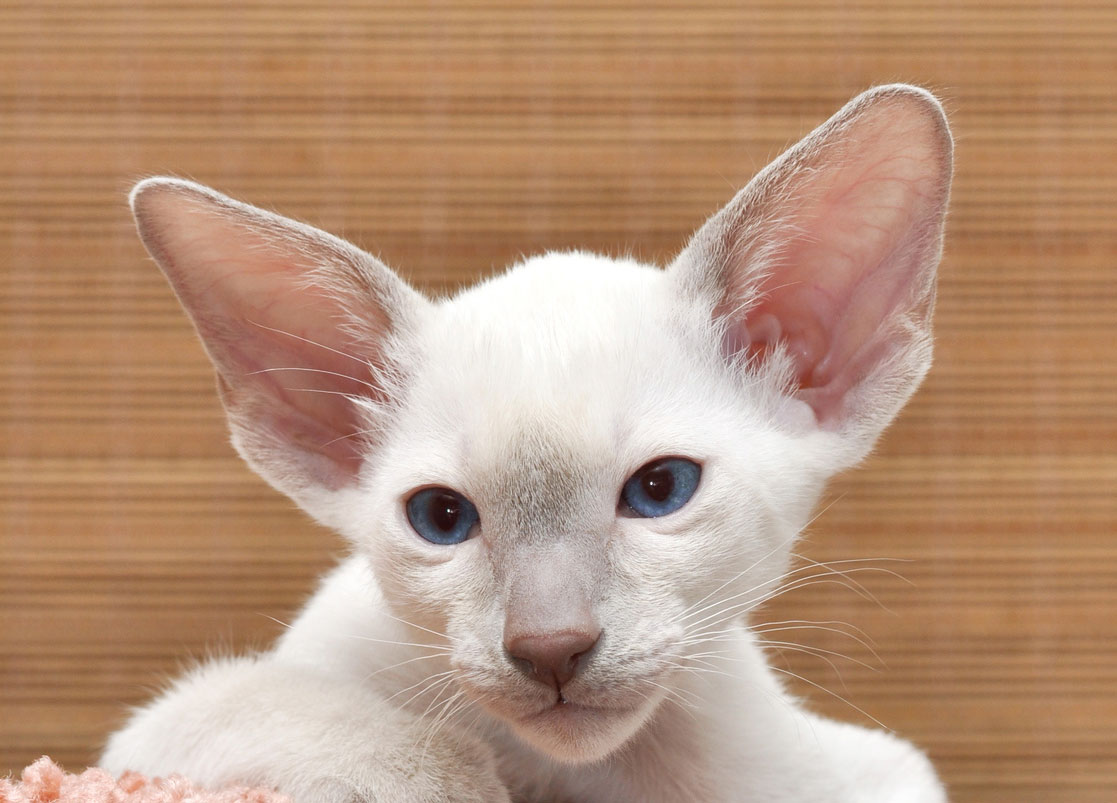Any cat lover has adoringly noticed their fuzzy friend's whiskers. Now, you might be asking, "Why are they so important?"
Whether they're spindly and white or short and multi-colored, you've probably realized something. Cats seem to have about the same amount of whiskers on their cheeks, regardless of their breed; with a few exceptions, of course. But, did you ever wonder why that is?
So how many does a cat have, and why does it matter? Hold onto your seat because we've done some searching and we've got some fascinating information for you!
- Whisker Count: Most cats have 12 on each cheek for a total of 24 muzzle whiskers. That's what most people think about when asking how many whiskers cats have. But guess what? Cats have them (vibrissae hair) in several strategic locations across their body. So, the actual number of these special hairs is actually higher.
Whiskers are an important part of a cat's sensory functions. They provide our friends with valuable information they use to navigate their world. Are you curious about how that works?
Now that you know the standard number that cats have, let's take this a step further. We'll go over the other places you'll find whiskers, as well as discuss how they help a cat perceive the world around them. Sounds exciting, right?
There will be more questions answered as well. Trust us; you don't want to stop scrolling now! Why? Because there's so much more to learn about your feline friend's world!

Where Are The Whiskers?
As mentioned previously, the whiskers above your cat's mouth on their cheeks or the mystacial type are the ones we most often think of, but cats have them above their eyes, close to their ears, on their chins, and even a few on their legs.
Most cats have four rows of three whiskers on each cheek, which comes to 12 on each side. That number is set, whereas those located elsewhere will vary in number.
What Exactly Do The Whiskers Do?
Whiskers, also known as vibrissae, are highly sensitive, coarse, tactile hairs that assist in a cat's spatial awareness. Whiskers come from hair follicles just like their regular fur; however, whiskers are up to three times more deeply rooted than regular hairs.
As we can all see, they are also much coarser and thicker. The root of the whisker is also full of nerves and vessels that are just as sensitive as our fingertips.
Though the whisker itself doesn't have nerve endings, the follicles are so sensitive it takes barely a touch to transmit data to your cat. Let's take a look at the purposes the whiskers serve in a few locations.
-
Above the Eyes: A cat's whiskers above the eyes protect her from danger. When something brushes against these whiskers, the alert sent to those sensitive roots causes the cat to close their eyes and keep them protected. This comes in handy while hunting, especially when the cat is hyper-focused on the prey.
-
Cheeks: The mystacial whiskers enable the cat to judge if it can fit through a narrow space. These whiskers directly correlate to the width of the cat, so the bigger the cat, the greater the length of the mystacial whiskers.
-
Forelegs: The whiskers on a kitty's forelegs or front paws -- you can think of this as your cat's wrist-- are designed to help them hunt and kill prey. They're formally called carpal whiskers.
These whiskers inform the cat about the prey in their grasp. Since cats can see extremely well up close, they can glean information by feel, such as if the prey is still living or if the final blow has yet to be dealt.
SIGN UP FOR THECATSITE'S EMAIL UPDATES >
Do cats shed their whiskers?
It's completely normal for your cat to shed a whisker occasionally, though nowhere near as frequently as they shed their fur.
If it becomes noticeable that your kitty is missing many of them, it's likely time to visit the vet. Cats suffer from allergies, acne, or bacterial infections, which can cause them to fall out.
Without their whiskers, cats can become uncomfortable and disoriented.
Do cats have 2 sets of whiskers?
Cats have more than two sets of whiskers.
They have whiskers on either side of their muzzle, above both eyes, close to both ears, and on both forelegs. In fact, the only whiskers cats have that don't come in a set are the ones on their chins!
What Are Cat Whiskers Made Of?
Cat's whiskers have a similar makeup to hair, being comprised of tough keratin.
That protein is also found in their claws. Whiskers fall somewhere between regular fur and their claws on the toughness scale.

Is It OK To Touch A Cat's Whiskers?
Whether or not touching a cat's whiskers is okay is somewhat of a touchy question, all jokes aside. You might brush your cat's whiskers while petting them, which is fine, but repeated touching can be annoying.
Though just touching a cat's whiskers doesn't hurt them, it can get annoying and cause your pet to become agitated. Remember, whiskers are very sensitive. It's definitely not okay to pull a cat's whiskers.
What Is Whisker Fatigue?
Whisker fatigue is when a cat's whiskers get overstimulated.
Think of continually rubbing your fingers across a velcro surface, scratching your nails against a chalkboard, or clothing rubbing against you to the point of chafing. It's potentially exhausting!
A similar thing can happen to your cat if they are touched too much.
This can happen when something as seemingly simple as a food bowl is the wrong height or width and rubbing your friend the wrong way.
Too much information stresses your cat out. What your pet for signs of stress and ensure it's not overstimulation of their whiskers causing the issue.
Why do cats rub against you? Read our post about that and learn why that action doesn't cause whisker fatigue.
How Long Are A Cat's Whiskers?
The length of a cat's whiskers will depend on the size of the cat.
Because the cheek variety is used to judge if a cat can fit through a narrow opening, the chunkier your cat is, the longer they will be.
What Happens If You Cut Off A Cat's Whiskers?
Since cats use their whiskers to navigate the world around them, cutting them off could cause the cat to become disoriented.
It doesn't hurt, necessarily, but it is not a kind thing to do.
They could potentially become injured if they don't have all the necessary faculties, so though it doesn't directly hurt them, the disorientation can cause harm.
How can you tell your cat might be in pain? Check out this article: "35 Signs Your Cat May Be In Pain".
Do Hairless Cats Have Whiskers?
Hairless cats can have whiskers, though many don't. You might worry this would cause a hairless cat to be exceptionally clumsy, but that's not the case.
The Sphynx cat without them has long learned to operate just fine without possessing them.
Can You Tell How Old A Cat Is By Their Whiskers?
A cat's age can potentially be deduced from their whiskers.
As cats age, they grow as the cat does. Additionally, they do sometimes change colors with age.
Though a cat's whiskers might be a clue, they don't provide the best clue as to their age. Looking at their teeth is a much better indicator.

Are Long Whiskers a Sign of a Healthy Cat?
While the length of a cat's whiskers isn't necessarily an immediate indicator of overall health, it can certainly provide some clues about the general well-being of our feline companions.
-
Normal Whisker Growth: As a rule, a cat's whiskers should be proportional to its size. This means that larger cats will naturally have longer ones, while smaller cats will have shorter ones. Those that are healthy will be thick, straight, and evenly spaced.
-
Whisker Health Reflects Nutritional Health: Since they, like fur, are made from keratin, a type of protein, the health of your cat's whiskers can reflect their nutritional health.
A cat with a balanced, protein-rich diet is likely to be strong and robust. Conversely, malnourished or ill cats will be brittle, thin, or broken whiskers.
-
Stress and Whisker Health: Stress or anxiety can also impact the health of a cat's whiskers. Cats under stress may engage in over-grooming behaviors that can damage them.
Therefore, a cat with robust and intact whiskers is generally a more relaxed and happier cat.
-
Length and Age: Age can also be a factor in whisker health. Young, healthy cats will have strong, long ones, while older cats may be a bit thinner or shorter.
However, this is a natural part of the aging process and is not necessarily indicative of poor health.
While long ones aren't a surefire sign of a healthy cat, they can indeed indicate good nutritional health and a low-stress environment.
What Other Animals Have These Touch Sensors?
There are many other animals that have whiskers! These animals range from land, air, and sea, such as -
- otters
- sea lions
- bats
- mice
- walruses
- chinchillas
- raccoons
- beavers
Fun fact: A chinchilla's are almost a third of their body length!
Do Dogs Have These Facial Sensory Hairs Too?
Yup! Dogs have them for similar reasons as cats, serving as extra sensory input and assisting in spatial awareness.
The color and length of a dog's whiskers can change based on their breed.
What Can You Do When You Find Them Around Your Home?
Enough discarded whiskers could be used to create a bristly brush. Some botanists use them to cross-pollinate flowers and plants that might be endangered. Additionally, they are often used in pagan rituals and witchcraft.
The prospect of collecting your cat's whiskers might seem odd to some, but it's not as rare as you might think. All sorts of cat blogs and groups are filled with people who kept their cat's vibrissae and never regretted it.
It can be comforting once your beloved friend crosses the rainbow bridge to still have a piece of them.
And you never know, but one day you might be able to create a clone of your sweet pet. Consider housing them in a small, decorative jar.
The Quintessential Guide to Feline Vibrissae
In conclusion, cat whiskers, aren't just adorable features, they're veritable lifelines.
Serving as sensory superheroes, they facilitate safe exploration, efficient hunting, and effective communication, thereby playing an integral role in a cat's survival playbook.
These fine-tuned tools embody the essence of feline grace, agility, and instinctual prowess. Beyond their functional attributes, they also lend a certain aesthetic charm, contributing to each cat's unique charisma.
So, the next time you find yourself lost in your feline friend's gaze, spare a moment of admiration for their silent sentinels that guide their every step and leap.
Note: We may get commissions for purchases made through links on this page.







